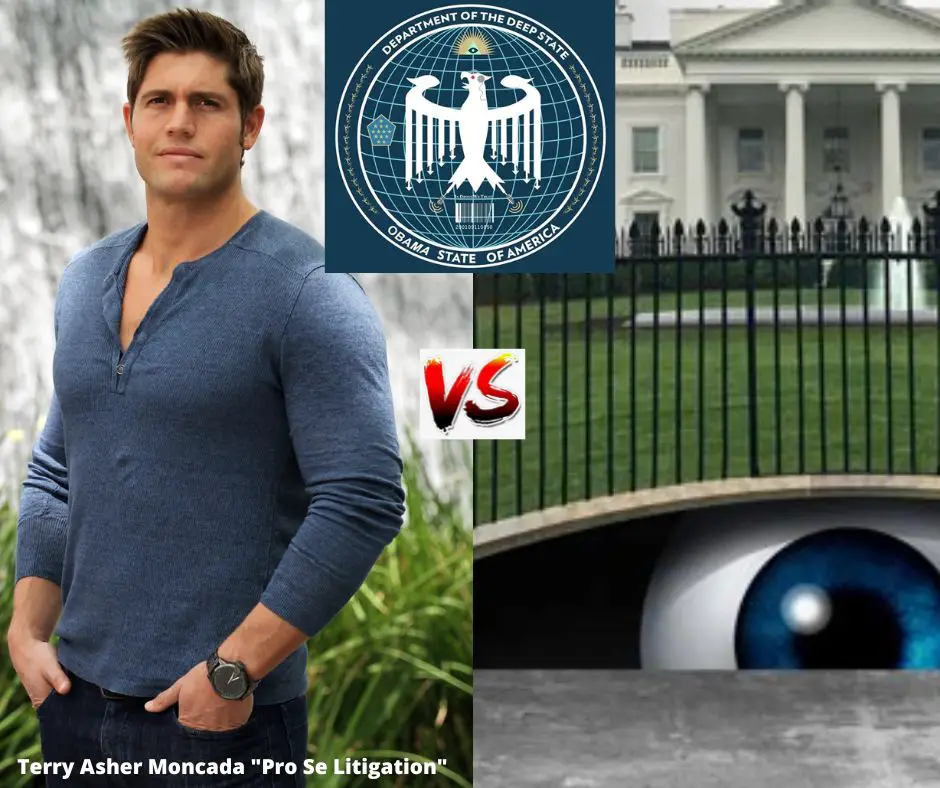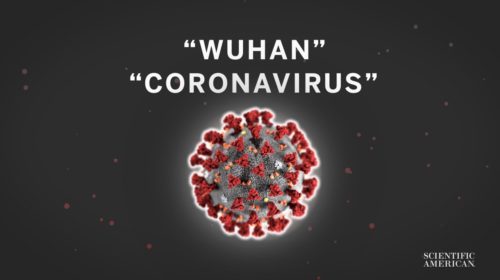The Way We See the World Has Color, Not Its Objects

Wchicken Robbert Dijkgraaf was a little kid, maturing in the Netherlands, he would certainly play in his house attic room after institution, commonly with a pal. It was dark inside with the exception of the light streaming in from one home window. One time, they shut the tones so just a bit of photons can go through. Robbert, holding a prism to the light beam, located that it resembled “holding a rainbow in your hand.” The prism, as Newton had actually observed centuries in the past, split the white light, by refraction, right into its component shades. The magic of that minute motivated him to come to be a researcher, as well as currently he’s the supervisor of the Institute for Advanced Study, in Princeton, where several greats, like Einstein, when functioned.
Anexperience like that, however, could lead you to believe, as the theorist of scientific research Mazviita Chirimuuta put it, “‘Oh, well, shade is simply wavelength of light as well as worldwide around us, various things mirror various wavelengths of light; consequently we see them as having various shades.’ But in fact, it’s not such as that.”
Chirimuutasuggested a brand-new concept of shade in her 2015 publication, Outside Color: Perceptual Science and the Puzzle of Color in Philosophy, called “shade adverbialism.” One vision researcher accidentally explained it this month, in Slate, after discussing just how scientific research pertained to grasps with the perpetual legend of “TheDress.”
Ourminds tint the globe; we do not see the globe’s shade.
Torecognize her concept, take into consideration the instance of among the several people psychologically bewildered after trying out glasses, made by EnChroma, that deal with for colorblindness: This 66-year-old grandpa, as an example, obtained them as a present from his family members. As he raises them to his face, you could faintly listen to one loved one stating, “It’ll remedy your eyes to ensure that you’ll see just how you’re meant to see.” As quickly as he’s had a peek via them, he appears to shed the capacity to stay up directly. Removing the product packaging from his lap, he stoops over, elbow joints on knees, one hand removing the glasses, the various other massaging his eyes.
Whatoccurred? Well, as previous Nautiluseditor Amos Zeeberg wrotein TheAtlantic lately, “DonMcPherson, the principal researcher as well as cofounder of EnChroma, states their glasses could aid those with red-green colorblindness see even more of these intense, stunning shades that individuals see.” Other individuals– that is, the majority of us– have in our eyes 3 type of cone cells, or photoreceptors, that are “delicate throughout daylight-level lighting, so when the globe is intense sufficient for us to see shades well, our cones are running,” Chirimuuta states. “Theyhave level of sensitivities to wavelength which vary from each various other, so they supply the first input to the shade aesthetic system. Because our cones react in a different way to wavelengths, we see things as having various shades, yet once more, there’s no one-to-one connection– your lengthy wavelength receptor is running, consequently you see red– it actually relies on the equilibrium in between exactly what the various cones are getting from the light worldwide, and after that just how the mind analyzes that, in regards to the context of the entire scene.”
Mostcolorblind individuals typically aren’t completely colorblind– that’s why researchers like the term “color-vision shortage,” or CVD. As Zeeberg clarifies, “Usuallythe cones most conscious red or those most conscious eco-friendly are faulty. This lowers the difference in between red as well as eco-friendly colors, flexing them all toward a muddled brown It additionally disrupts viewing various other shades that consist of red or eco-friendly, like purple as well as pink.”
Sinceour experience of shade is moderated by neurobiological procedures, there’s been a propensity in the approach of shade to suggest that shade– as opposed to being a building or function of a things– is in fact an impression. Our minds tint the globe; we do not see the globe’s shade. Chirimuuta, however, states this is incorrect. It advantages evidently unbiased sensations over subjective as in some way even more actual. She clarified, “There’s been this propensity to state, ‘Well, anything that’s subjective in our expertise or in our experience isn’t really on the very same ground as points that we understand around as being totally unbiased.'”
Weneed to overcome that, she states. “Werequire a method of thinking subjectivity as if we’ll simply recognize that there become part of our experience as well as our affective expertise of points that are produced by the certain manner ins which we communicate with the globe.” This jibes with exactly what vision researcher Pascal Wallisch mentioned in Slateconcerning the notorious outfit, which some individuals viewed as gold as well as white, as well as others viewed as blue as well as black (the outfit is in fact blue as well as black). “Asthe lighting problems are difficult to plainly evaluate in the outfit photo, individuals make presumptions concerning exactly what they are. Different individuals do this in varying means, which is exactly what triggers the various analyses of shade.”
Inher Ingenious Interview with Nautilus, Chirimuuta define her concept of adverbialism. There are affective procedures taking place constantly, she states. “Everytime we browse an area, light’s jumping bizarre right into my eyes as well as my mind’s handling this details as well as I’m stating that that entire extensive communication in between myself as well as my environments, that’s the important things that has shade, not the things that I see.”

Watchthe entire meeting here.
BrianGallagher is the editor of Facts So Romantic, the Nautilusblog site. Follow him on Twitter @brianscottg
Getthe Nautiluse-newsletter
Thelatest as well as most preferred short articles supplied right to your inbox!







